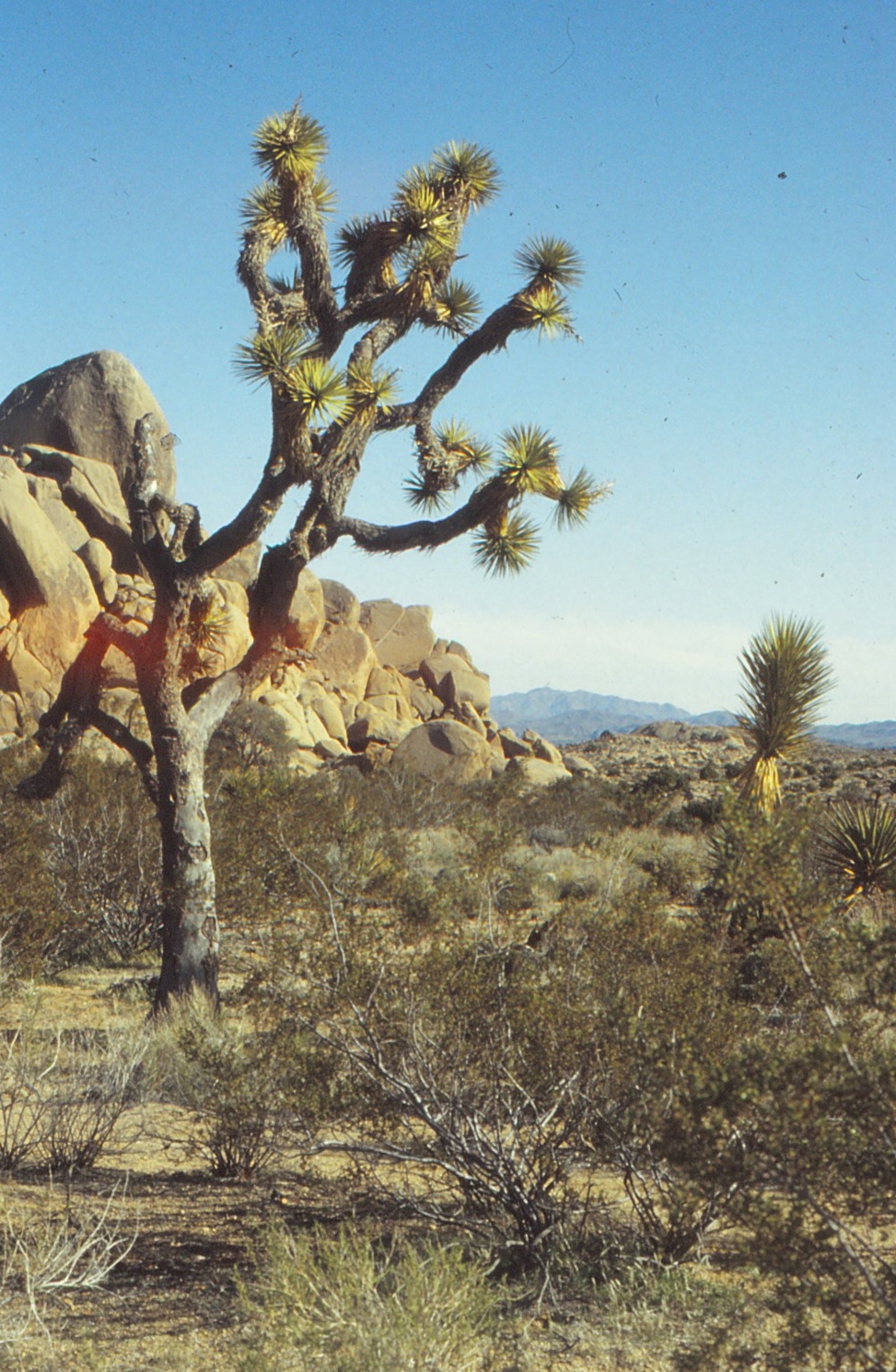Cotton - always in the middle of social and environmental problems: could it be replaced for the benefit of mankindKeskiviikko 10.7.2019 klo 12.17 - Mikko Nikinmaa Cotton clothes, all of us wear them. However, do we realize all the social and environmental problems associated and the fact that we could presently achieve a cotton-free society which would be a contribution towards combatting climate change, social inequality and environmental destruction? Initially, the cotton production was a strong component for American slavery. Cotton fields in southern USA needed workers, and they were brought in The problem with genetically modified organisms really boils down to cotton. Out of the approximately 32 million hectares, where cotton is grown, approximately 25 million hectares is genetically modified (GM). Consequently, it is my bet that people against the use of GMOs (genetically modified organisms) daily wear clothing that has genetically modified cotton. GM cotton was marketed to farmers saying that the need for pesticides would be reduced. However, that has not turned out to be the case. While the insecticide use in USA and Australia has markedly decreased after the introduction of bt-cotton (a genetically modified plant, which produces its own toxin against several insect pests), the herbicide use has not decreased. In most other cotton-producing countries pesticide use has not decreased, partly because secondary harmful insects require heavy insecticide use to ensure high production. Further, it appears that the difference between pesticide use in large industrial cotton cultivation (decrease in insecticide use) and small cotton farmers (no change or increase in insecticide use) has increased. The heavy pesticide use in cotton production is an important component in causing the deaths of non-target organisms. Insecticides kill non-selectively all insects, be they beneficial or harmful. Research on waterways has indicated that agricultural pesticides kill aquatic invertebrates and fish. Often the insecticides are more toxic to aquatic creatures than to their target organisms. Further, it was recently estimated that close to 70 000 000 birds per year die directly because of pesticide use. Although cotton cultivation does not require very much water (10000 l/kg cotton produced worldwide), the fact that it is grown in dry areas largely for e Production of cotton clothing has also another social problem. In many countries producing cotton clothing cheaply, child labour is used. To best combat this, e.g. European collaboration would be helpful. As the final question one must ask if cotton is necessary as primary cloth material any more. Earlier it was, as all the other fibres that could be used for producing fabrics yielded much harder and therefore less comfortable cloth than cotton. However, recently the situation has changed, and currently wood fibres can yield as soft and comfortable cloth as cotton. Since the need for paper production has markedly decreased, wood could be used for cloth-making. Replacing cotton with wood fibre would thus be a highly beneficial both socially and environmentally. First, the land and water used now for growing cotton for export with most profits not coming to local people could come completely to help the food and water needs of local communities. This would decrease the refugee pressure to North. Because the pesticide use would be reduced, all the negative issues associated with them would also be reduced. Growing trees for fibre production would not have a negative effect on carbon footprint globally, most likely the opposite, as the life length of clothing is longer than that of paper products. Thus, one would be combatting climate change, whereby the number of climate refugees in the future would decrease. Finally, as the right-wing populists always say that isolationist policies are needed for the success of “our” industry, producing cloth would be a significant new direction to pulp industry. All in all, replacing cotton could be a good example of how thinking globally has positive influence on social and environmental problems in the world. |
|
Kommentoi kirjoitusta. Avainsanat: climate change, drought, refugees, pulp industry, pesticide use |
Borders, immigration and populism - environmental considerations are needed for counteractionsSunnuntai 1.7.2018 klo 15.51 - Mikko Nikinmaa Already the Roman Empire faced the Great Migration. Mongol hordes and invasion of Europeans to America are other examples of mass movements of people a long time ago. Although the areas facing invasion invariably tried to build walls or fight the invaders, the final result was not very good for the original inhabitants. One of the major cases was that the cultures of American Indians were all but destroyed by the European invaders. In the mass migrations people were always looking for better places to live. Thus, today’s immigrations do not differ from the ancient ones. However, there are three major differences which actually make the problems more acute, if we have not learned from the past. First, there were less than a tenth of the number of people as compared to today during the old mass migrations of people. This results in the fact that wherever the migrations go to, there are a plenty of people already inhabiting the areas, which inevitably generates marked clashes. Second, even the poorest places have mass media, and can thus every day see how rich places like Europe and North America are. Third, the means of transport are much faster than they were during the ancient migrations. There are two main reasons for people leaving their native lands: either conflicts or environmental deterioration. If the conditions in the areas from which the people leave were tolerable, the likelihood of mass migrations would markedly decrease. Immigration and the fear of people of anything different from things that they are used to are together the most important reasons for the rise of populism. It is invariably so that the strongest opinions against immigrants are found in areas with least immigrants. Further, people do not want to experience any changes. Virtually always things were best during the childhood days, even though if people now had to actually go back to them, many aspects would be completely intolerable because they were so poor as compared to today’s conditions. The hostility between local people and immigrants (or even their descendants because of the poor integration) is what has generated and maintains both the terrorism and ultra-right. As long as reasonable people do not rise against the hate-mongering which is utilized from very small minorities from both sides, proper integration of people to a common world cannot occur. Although conflicts are presently probably the most important reason for the mass movements of people, the deterioration of the environment does not come far behind. Besides, the conflicts are more and more caused by environmental deterioration. Because people would likely not leave their native lands, if living conditions were tolerable, immigration would be stopped much better by improving the living conditions in the places from which people leave than by building border walls. By putting only a few % of the money that is now used for “defence” to developmental aid, national security would be increased much more than can be done by any money invested in defence budgets. However, that is contrary to the populist approach, in virtually every country the populist voices demand more money to defence budgets and less to developmental aid. However, the aid should not be given from our standpoints but from those of the receivers (which should not be the corrupt governments but the people actually in need). For example, the agricultural practises of temperate areas do not fit tropical soils. Further, much of the agricultural area of developing countries is used for crops, which are not for food production of natives, but for the different uses in rich countries. Similarly, the development of crops with, e.g., gene modification is not directed to increase food production where production is scarce, but to increase the profits of big companies. The final problem of environmental deterioration is climate change. The overall temperature increase, unpredictability of weather, erosion as a result of sudden rains coming at the wrong time, droughts, frequent storms, floods affecting coastal populations – more than a billion people live in an area that may be covered by sea within the next 100 year, if the climate change cannot be stopped etc. are all factors that may cause an increase in the number of environmental refugees. Economists and politicians have long thought that environment is not something that needs to be considered deeply in their profession. However, it is now quite clear that only by taking environment thoroughly into account in economical and political decisions we can have a peaceful future for mankind. Otherwise we will be having conflicts and chaos, as has been the case in all of the historical migrations. Borders and rise of nationalism can only lead to conflict. |
|
Kommentoi kirjoitusta. Avainsanat: climate change, refugees, developmental aid |
G20 and climate changeLauantai 8.7.2017 klo 9.28 - Mikko Nikinmaa In the G20 meeting, it is 19-1 for climate change actions. Only Trump is still against. I am not saying my opinion of the person, but the denial is irresponsible. Even if climate change were for a large part a natural phenomenon, as climate sceptics maintain, one cannot deny that human actions contribute. This being the case, man should take any action possible to reduce human effects. And there are clearly effects seen. There are already climate refugees in the USA. Places where people lived in Mississippi river delta in Louisiana are now under water. Clearly Trump government doesn't care that people in his own country have had to move. Also, one just heard the news that a huge iceberg may be loosening from Antarctica - the size is 7 x the area of New York. Further, temperature records have been broken - there have been three consecutive days with over +50 degrees Celcius in Iran. Unnatural weather: winds, floods, cold spells, heat waves occur very frequently all over the world. Aren't these indications enough to show that something has to be done? |
|
Kommentoi kirjoitusta. Avainsanat: climate refugees, temperature increase, energy production |

 as slaves from Africa. Although also other forms of cultivation such as growing of tobacco and sugar cane needed workers, cotton cultivation was the most important one, generating rich plantation owners and poor slaves, and later the racial problems in America, which are still a big problem.
as slaves from Africa. Although also other forms of cultivation such as growing of tobacco and sugar cane needed workers, cotton cultivation was the most important one, generating rich plantation owners and poor slaves, and later the racial problems in America, which are still a big problem. xport with the profits going not to local farmers but to big agricultural companies often from foreign countries means that the water use does not support the local people’s food production or water needs. Consequently, the poor people in the dry areas continue to suffer from food and water shortage in India and Africa. Partly the recent trend that food shortage is again in the increase in Eastern Africa could be alleviated by stopping cotton cultivation and using the water for cultivating edible crops.
xport with the profits going not to local farmers but to big agricultural companies often from foreign countries means that the water use does not support the local people’s food production or water needs. Consequently, the poor people in the dry areas continue to suffer from food and water shortage in India and Africa. Partly the recent trend that food shortage is again in the increase in Eastern Africa could be alleviated by stopping cotton cultivation and using the water for cultivating edible crops.